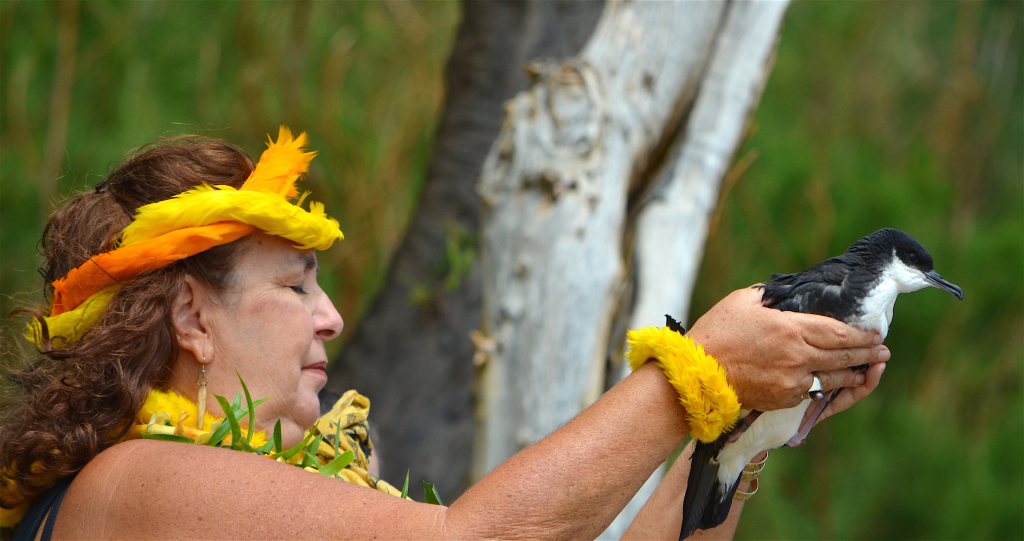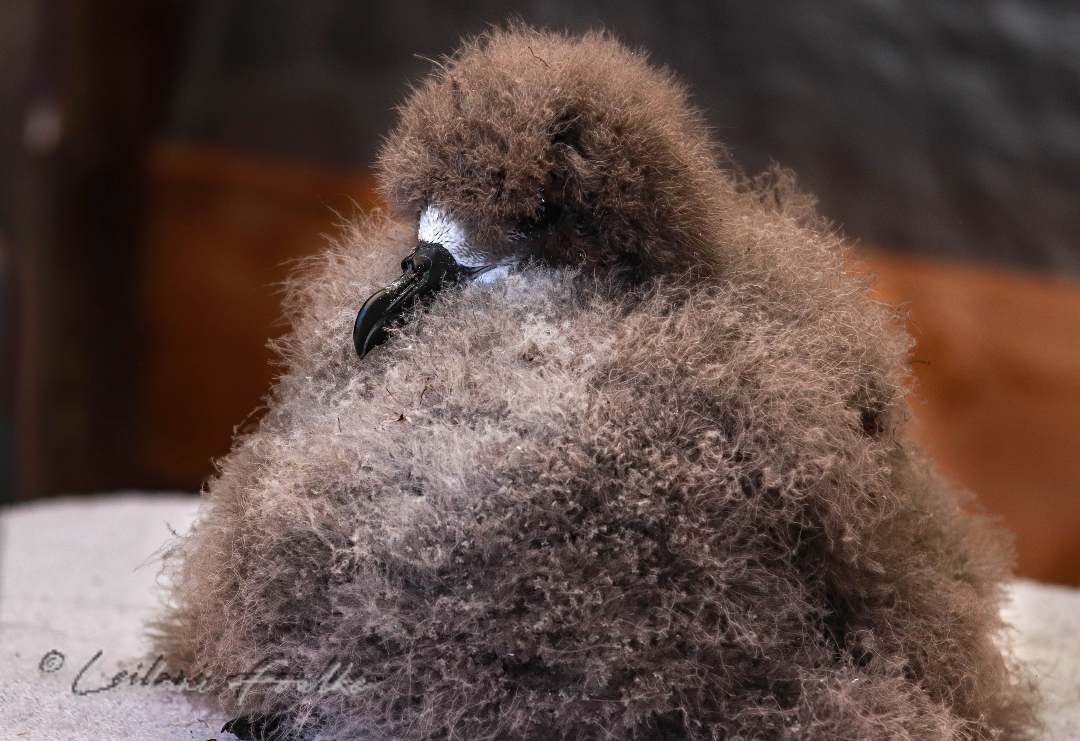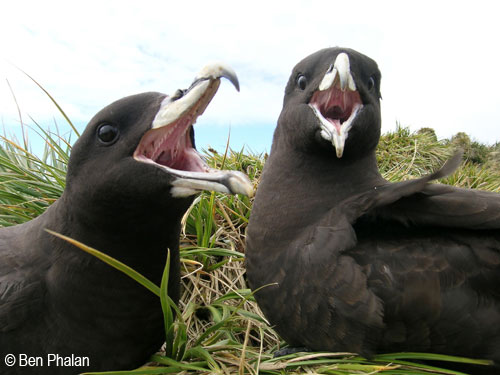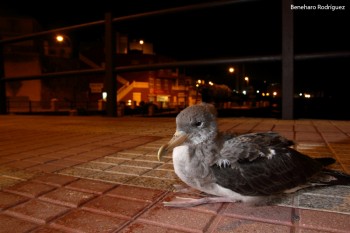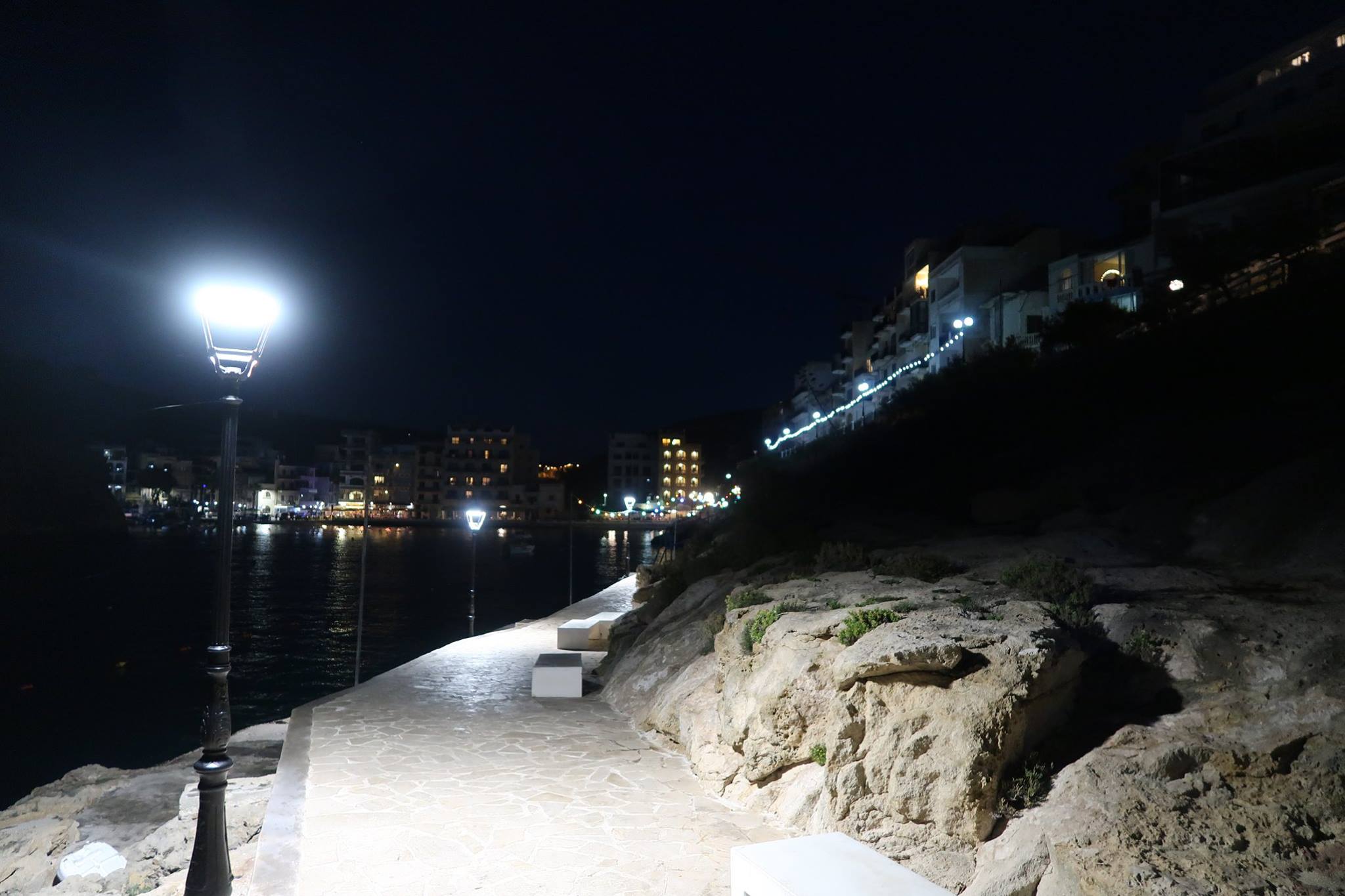The Australian Assistant Minister for Agriculture and Water Resources, Senator Richard Colbeck last week released Australia’s 42-page National Plan of Action for Minimising Incidental Catch of Seabirds in Australian Capture Fisheries (NPOA - Seabirds).
Minister Colbeck said “the NPOA - Seabirds provides guidance on best-practice mitigation, monitoring and reporting of seabird interactions across all fishing activities in Australian waters. The action plan fulfils our obligations and aligns our national efforts with those of the Food and Agriculture Organization (FAO) of the United Nations International Plan of Action for Reducing Incidental Catch of Seabirds in Longline Fisheries (IPOA - Seabirds).
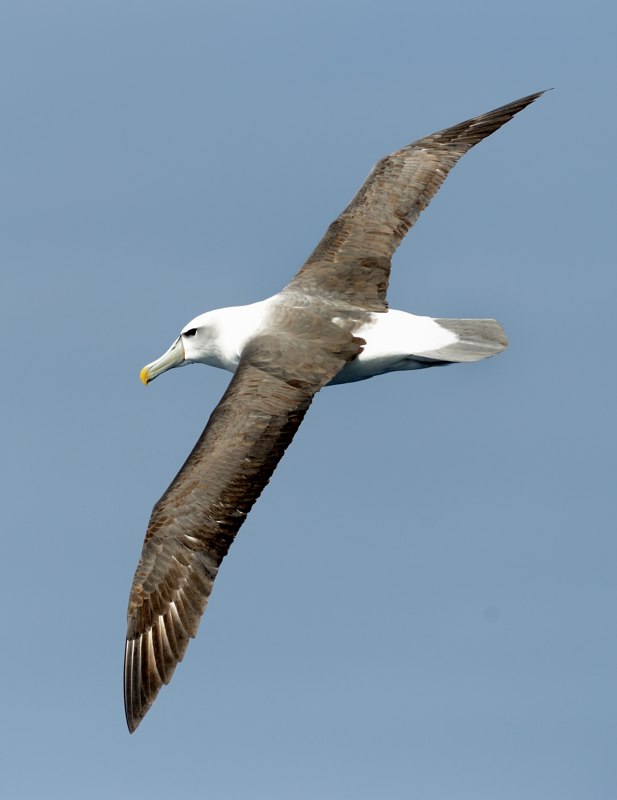
An Australian endemic Shy Albatross at sea - photograph by Kirk Zufelt
The NPOA’s Foreword signed by Senator Colbeck follows:
“Australian fisheries are among the best managed in the world. The Australian Government is working hard to keep them this way. An important part of this is ensuring that our fisheries resources continue to be managed sustainably and to minimise impacts of fishing activities on the marine environment.
I am pleased to release Australia’s National Plan of Action for Minimising Incidental Catch of Seabirds in Australian Capture Fisheries (NPOA - Seabirds) which provides a national approach to mitigating the impact of fishing on seabirds.
Australia recognises the need to address the impact of fishing on seabirds. This action plan provides guidance on best-practice mitigation, monitoring and reporting of seabird interactions for all fishing activities. It will reduce duplication, target responses to areas that need it most and result in more uniform, efficient and cost-effective seabird bycatch management. Establishing minimum reporting standards will enable us to better understand the extent of seabird interactions across all Australia’s capture fisheries.
NPOA - Seabirds demonstrates Australia’s commitment to sustainable fishing practices internationally. It also fulfils our obligation to Food and Agriculture Organization (FAO) of the United Nations by aligning our national efforts with those of the FAO’s International Plan of Action for Reducing Incidental Catch of Seabirds in Longline Fisheries (IPOA - Seabirds).
NPOA - seabirds will enhance the reputation of Australia’s sustainable seafood industry, particularly in high-value export markets, and help strengthen our international seafood brand.
Most importantly, it will build trust among Australians and international consumers that our fisheries are managed under a sustainable and environmentally responsible fisheries management regime.”
With thanks to Barry Baker.
Reference:
Department of Agriculture and Water Resources 2018. National Plan of Action for Minimising Incidental Catch of Seabirds in Australian Capture Fisheries. Canberra: Department of Agriculture and Water Resources. 42 pp. ISBN: 978-1-76003-182-4
John Cooper, ACAP Information Officer, 30 October 2018

 English
English  Français
Français  Español
Español 